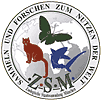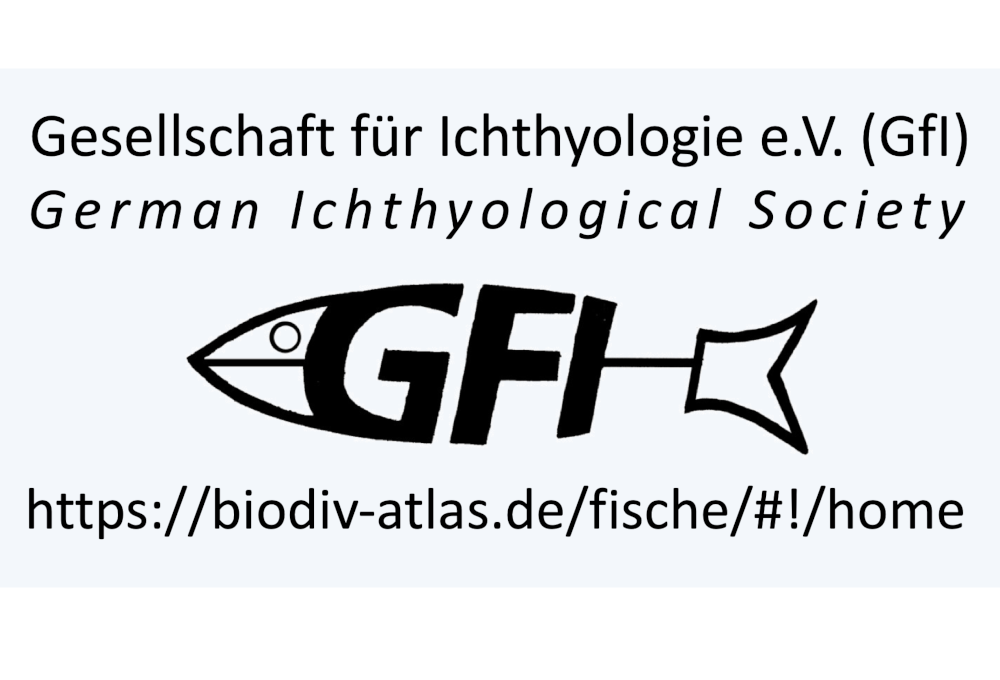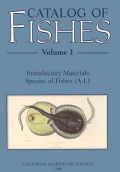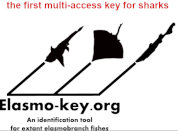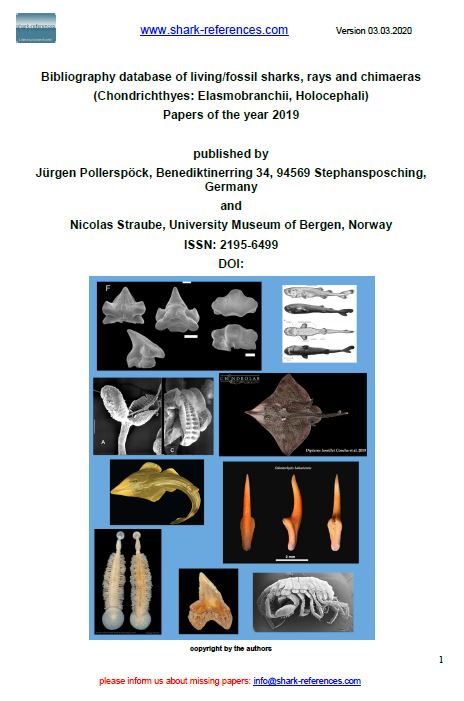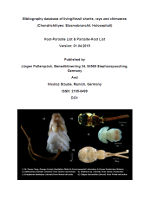Dwardius siversoni
(Zhelezko, 2000)
Classification: Elasmobranchii Lamniformes incert. fam.
Reference of the original description
(The evolution of teeth system of sharks of the genus Pseudoisurus Glückman, 1957 - the biggest pelagic sharks of Eurasia) «in russian». Materialy po Stratigrafii i Paleontologii Urala, 4, 136–141
(The evolution of teeth system of sharks of the genus Pseudoisurus Glückman, 1957 - the biggest pelagic sharks of Eurasia) «in russian». Materialy po Stratigrafii i Paleontologii Urala, 4, 136–141
Synonyms / new combinations and misspellings
Pseudoisurus siversoni
Pseudoisurus siversoni
Types
Dwardius siversoni
Dwardius siversoni
Description:
Citation: Dwardius siversoni (Zhelezko, 2000): In: Database of fossil elasmobranch teeth www.shark-references.com, World Wide Web electronic publication, Version 12/2025
Please send your images of "Dwardius siversoni" to info@shark-references.com
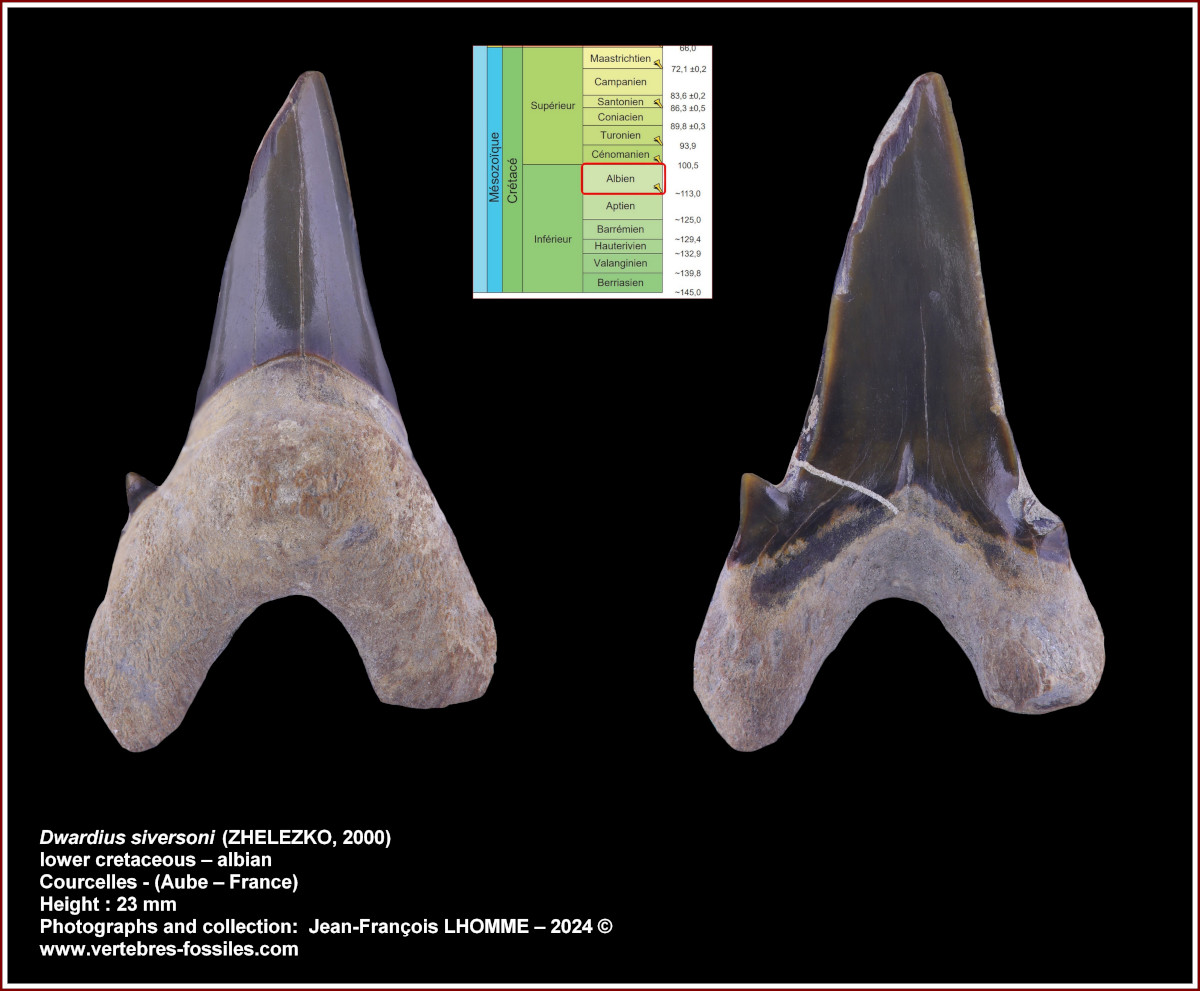
Dwardius siversoni (Zhelezko, 2000); Lower Cretaceous, Albian, Courcelles, Aube, France © Jean-Francois LHOMME, www.vertebres-fossiles.com

Dwardius siversoni (Zhelezko, 2000); Lower Cretaceous, Albian, Courcelles, Aube, France © Jean-Francois LHOMME, www.vertebres-fossiles.com
References

Climate cooling and clade competition likely drove the decline of lamniform sharks. Proceedings of the National Academy of Sciences of the United States of America, 116(41), 20584–20590
DOI: 10.1073/pnas.1902693116

Sharks and rays. In Field Guide to Fossils Number 12: Fossils of the Gault Clay J. R. Young(Editor), A. S. Gale(Editor), R. I. Knight(Editor), Dr Andrew B. Smith(Editor): 275–299

(The evolution of teeth system of sharks of the genus Pseudoisurus Glückman, 1957 - the biggest pelagic sharks of Eurasia) «in russian». Materialy po Stratigrafii i Paleontologii Urala, 4, 136–141

Climate cooling and clade competition likely drove the decline of lamniform sharks. Proceedings of the National Academy of Sciences of the United States of America, 116(41), 20584–20590
DOI: 10.1073/pnas.1902693116

Sharks and rays. In Field Guide to Fossils Number 12: Fossils of the Gault Clay J. R. Young(Editor), A. S. Gale(Editor), R. I. Knight(Editor), Dr Andrew B. Smith(Editor): 275–299

(The evolution of teeth system of sharks of the genus Pseudoisurus Glückman, 1957 - the biggest pelagic sharks of Eurasia) «in russian». Materialy po Stratigrafii i Paleontologii Urala, 4, 136–141
